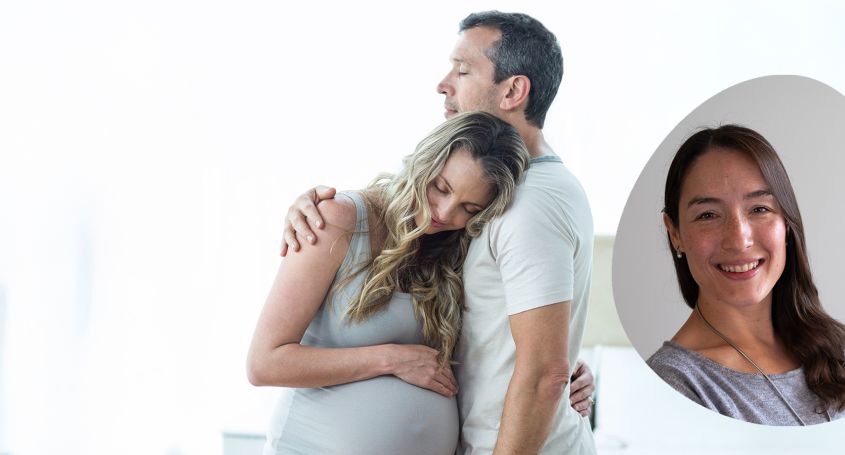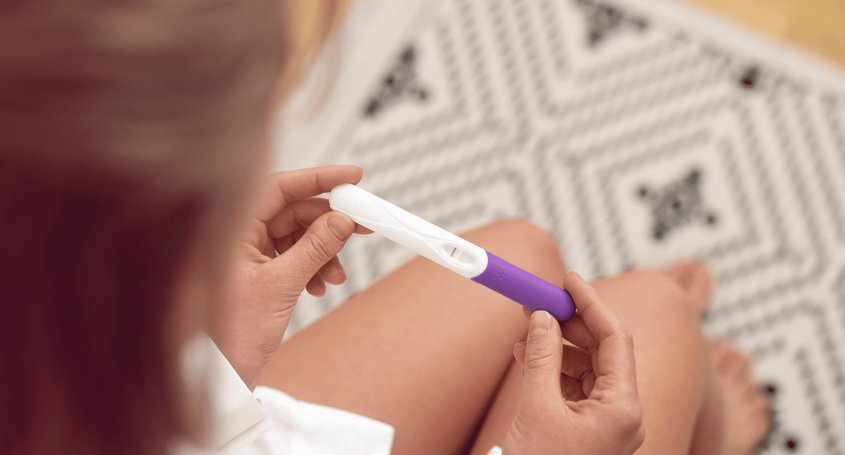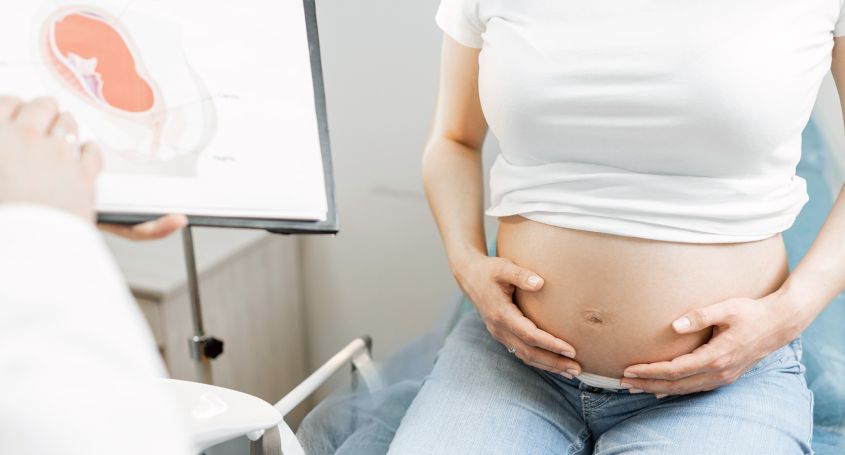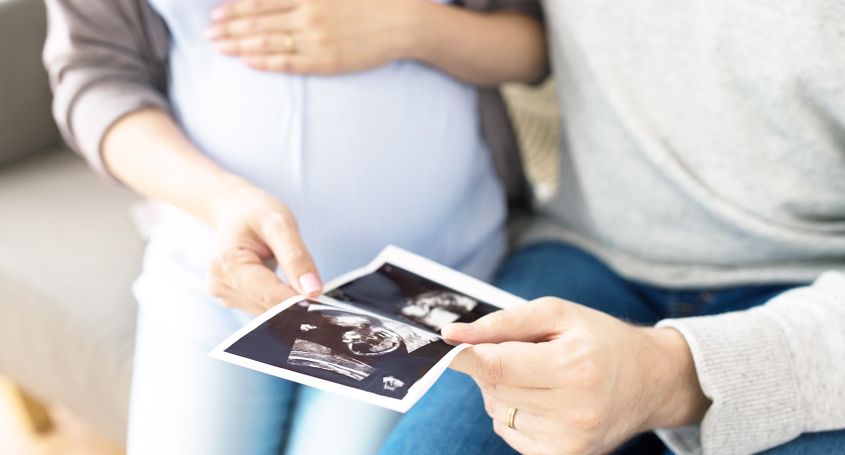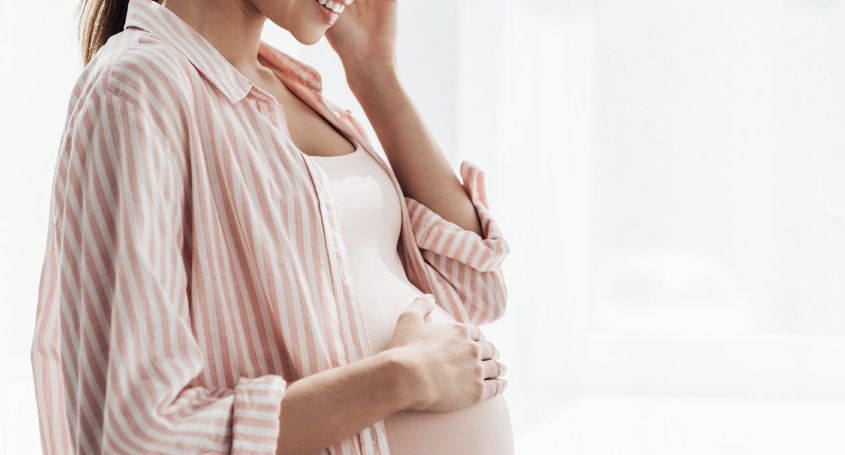In recent decades, we have witnessed a significant change in patterns of motherhood. More and more women are deciding to delay pregnancy, whether for personal, professional or social reasons. However, the so-called ‘biological clock’ continues to tick, and with the passage of time, fertility naturally declines. This phenomenon, together with the so-called ‘demographic winter,’ poses challenges at both the individual and social levels in the pursuit of motherhood.
To better understand how reproductive medicine can help overcome these challenges, we spoke with Dr. Ximena Justo, a gynecologist specializing in fertility and assisted reproduction . In this interview, we will explore the solutions available to women who wish to postpone motherhood without giving up their reproductive plans, from egg preservation to the most innovative treatments to improve the chances of pregnancy at an advanced age.
1. How could you define the phenomenon of the ‘demographic winter’ and how does it affect today's society, especially in terms of fertility?
We could define the ‘demographic winter’ as a term used to describe the sustained decline in birth rates in many countries, most of them developed countries. This phenomenon involves a progressive decline in the number of births and an ageing population, which creates an imbalance between generations.
From a fertility perspective, this trend is largely due to a delay in the decision to have children. Many people prioritize professional training, economic stability or personal development and postpone pregnancy until an age when fertility begins to decline naturally.
Added to this are other factors such as job instability, difficulty balancing work and family life and, in some cases, even a lack of knowledge about how fertility changes over the years. As a specialist in assisted reproduction, I see in my practice what this ‘demographic winter’ entails: patients who want to have children but face greater difficulties for biological reasons associated with the passage of time.
This is why it is essential to promote greater reproductive education and raise awareness about the importance of informed fertility planning.
2. What is the relationship between delayed motherhood and the natural decline in fertility associated with the ‘biological clock’? Is it possible to consciously plan motherhood despite these factors?
When we talk about the ‘biological clock,’ we are referring to the natural changes that female fertility undergoes over time. From the age of 35 onwards, the quantity and quality of eggs begin to decline more sharply, which can make conception more difficult and increase the risk of complications during pregnancy.
This process is completely physiological and is a response to female biology, regardless of a person's overall health. There is often a perception that if a woman feels well and leads a healthy lifestyle, her fertility will remain stable; however, the truth is that age is a determining factor that we cannot change.
Delaying the decision to seek pregnancy is closely linked to the concept of the ‘biological clock’, making the search for pregnancy more difficult. Despite these limitations, it is possible to plan motherhood consciously. The key is information: knowing how fertility works, what options are available and when to seek advice. Today, there are techniques such as egg vitrification that allow fertility to be preserved for later, and assisted reproduction treatments tailored to each patient's situation and needs.
Promoting a proactive and informed approach allows women to make decisions in line with their desires and reality, without letting time become a silent obstacle.
3. Egg preservation and assisted reproduction treatments offer many options for people who want to have children later in life. How do these treatments help to counteract the ‘demographic winter’ and the difficulties associated with reproductive ageing?
Reproductive medicine has advanced significantly in recent decades, and today we have tools that allow us to support people in their reproductive decisions with greater freedom and security. Among these, fertility preservation through egg vitrification is essential for addressing the challenges of reproductive ageing. This technique offers women the possibility of preserving their fertility while they still have a good ovarian reserve . We also know that sometimes the ideal age for eggs is not ideal for the patient's reproductive plans, which is why vitrification allows good-quality eggs to be preserved for future use.
On the other hand, assisted reproduction treatments such as in vitro fertilization and egg donation allow many of the difficulties that arise when trying to conceive at an older age to be overcome. It is important to clarify that these techniques do not reverse the effects of ageing, but they can help optimize the chances of success and are an effective option for those facing fertility problems.
From a social perspective, these treatments do not replace the need for public policies that promote work-life balance or access to information from an early age, but they do represent a valuable tool to accompany new ways of experiencing motherhood and fatherhood in a context of demographic change. This is why reproductive medicine is becoming a powerful tool in attempts to mitigate the effects of the so-called ‘demographic winter’.
4. For women over 40 who wish to conceive, what options does modern reproductive medicine offer to support their efforts?
After the age of 40, female fertility experiences a significant decline in both the quantity and quality of eggs. However, thanks to advances in reproductive medicine, there are now several alternatives to support women who wish to become mothers at this stage of their lives. One of the most commonly used options is in vitro fertilization (IVF) with the patient's own eggs, which is mainly recommended for patients with a good ovarian reserve. When the ovarian reserve is very low or the egg quality is not sufficient to achieve a viable pregnancy, egg donation may be used, a technique in which eggs from a young donor are used. This option has high success rates and is a valuable alternative for many women who, for various reasons, cannot conceive with their own eggs. There are also techniques such as preimplantation genetic diagnosis that can help optimize results when there is an increased risk of chromosomal abnormalities.
The key is to understand that, although age has a significant influence on fertility, it is not the only determining factor. Every story is unique, and modern reproductive medicine offers real options to accompany the desire for motherhood at this stage of life with sensitivity and scientific rigor.
5. The demographic winter may seem like a collective concern, but how do individual decisions influence the global birth rate? What positive message can you offer to those seeking solutions to conceive later in life?
While the ‘demographic winter’ is a phenomenon that affects societies as a whole, its roots lie in individual decisions. Every person or couple who decides when and how to start a family contributes to this global picture. Understanding that our choices have a collective impact invites us to reflect and also to empower ourselves.
From my position as a gynecologist specializing in fertility and assisted reproduction, I want to convey a message of hope and action: although there are biological and social challenges related to age, today we have medical resources and technological tools that can help those who wish to conceive later in life.
The most important thing is not to put off seeking advice and to look for reliable information in order to make informed decisions.
Conscious planning, supported by knowledge and professional guidance, is the key to adapting to the realities of our time.
Ultimately, every story is unique and valuable. Reproductive medicine is here to offer support, but the first step is always a personal commitment to care and information. This allows us to transform the challenge of the ‘demographic winter’ into an opportunity to build families with greater security and well-being. Finally, I would like to highlight the fundamental value of medical and emotional support throughout the entire process. Every situation is unique, and having a team that listens, informs and supports people undergoing fertility treatments not only improves clinical outcomes, but also contributes to a more humane and supportive experience. In assisted reproduction, technology is important, but empathy is irreplaceable.
Assisted reproduction has opened up new opportunities for women seeking to balance their life choices with their desire to become mothers. We thank Dr. Ximena Justo for sharing her experience and offering a clear overview of the options available to those who wish to conceive later in life. At Barcelona IVF , we remain committed to providing personalized support and solutions for each patient on their journey to motherhood.
